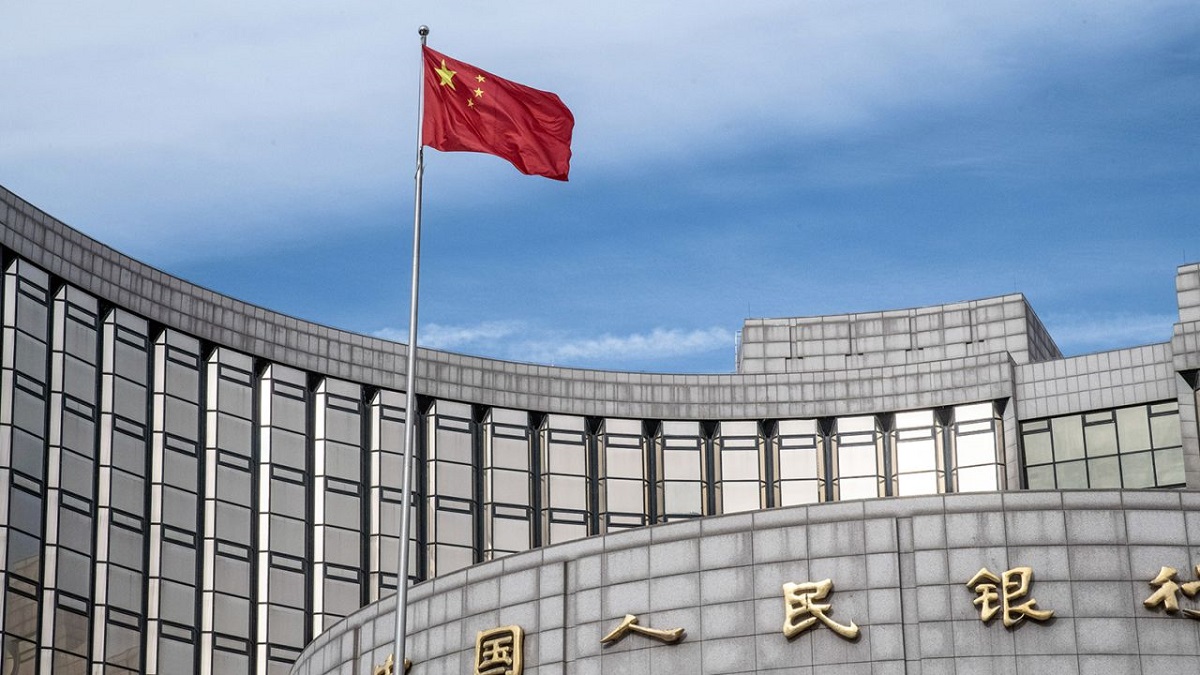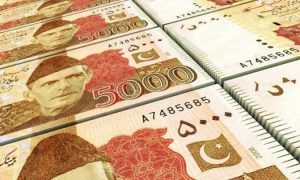China has spent a total of $240 billion bailing out 22 developing countries from 2008 to 2021, according to a study published on Tuesday. The bulk of the rescue lending, almost 80% of it, was made between 2016 and 2021, with most going to middle-income countries such as Argentina, Mongolia, and Pakistan. The study, which was conducted by researchers from the World Bank, Harvard Kennedy School, AidData, and the Kiel Institute for the World Economy, found that Chinese loans to countries in debt distress rose from less than 5% of its overseas lending portfolio in 2010 to 60% in 2022.
The loans were mainly used to build infrastructure in developing countries, as part of China’s “Belt & Road” initiative, but lending has tapered off since 2016 as many projects have failed to generate expected financial returns. The study authors suggest that Beijing is ultimately trying to rescue its own banks and has gotten into the risky business of international bailout lending. Carmen Reinhart, a former World Bank chief economist and one of the study’s authors, noted that the bailout loans are mainly concentrated in the middle-income countries that make up four-fifths of China’s lending, due to the risk they pose to Chinese banks’ balance sheets.
Argentina received the most rescue financing, with $111.8 billion, followed by Pakistan with $48.5 billion and Egypt with $15.6 billion. Nine countries received less than $1 billion. The People’s Bank of China (PBOC) swap lines accounted for $170 billion of the rescue financing, including in Suriname, Sri Lanka, and Egypt, while bridge loans or balance of payments support by Chinese state-owned banks were $70 billion. Rollovers of both kinds of loan were $140 billion.
Read More: Pakistan and China reaffirm commitment to expanding CPEC in latest talks
The study was critical of some central banks potentially using the PBOC swap lines to artificially pump up their foreign exchange reserve figures and noted that China’s rescue lending is “opaque and uncoordinated.” Brad Parks, one of the report’s authors and director of AidData, a research lab at William & Mary College in the United States, called for greater transparency and coordination in China’s lending practices.
China is currently negotiating debt restructurings with several countries, including Zambia, Ghana, and Sri Lanka, and has been criticized for holding up the processes. In response, China has called on the World Bank and International Monetary Fund to also offer debt relief.



























